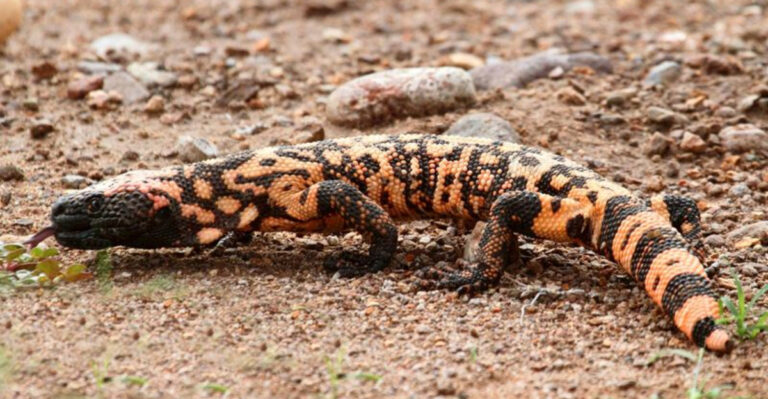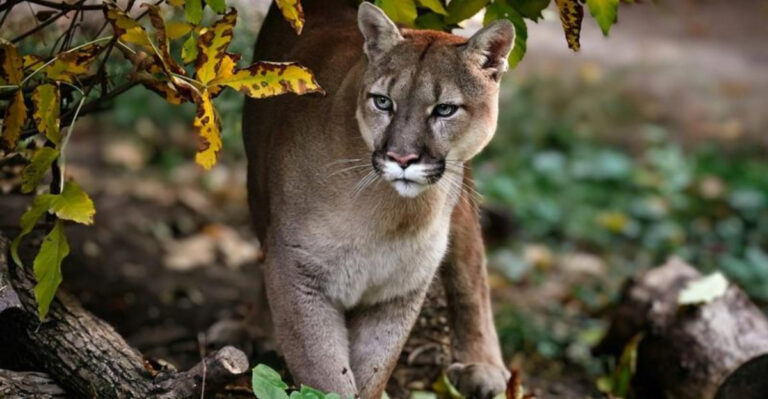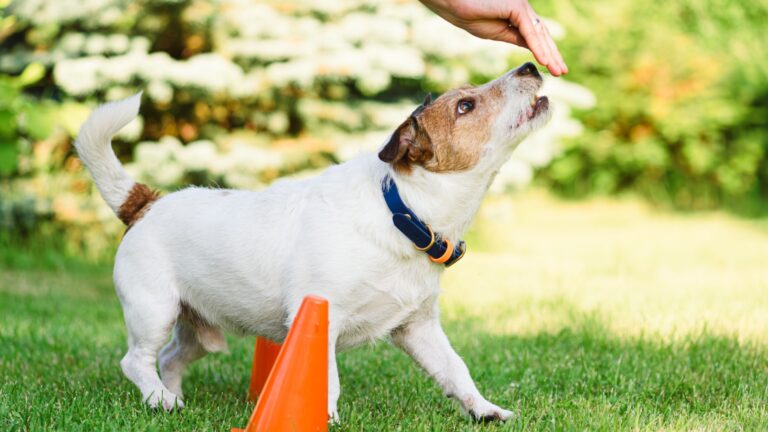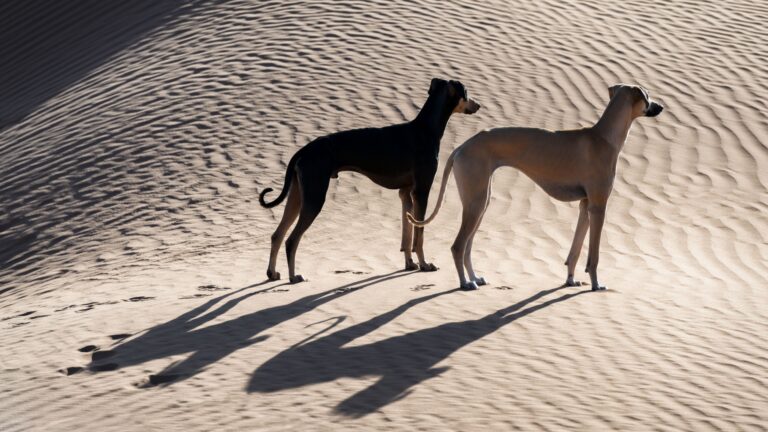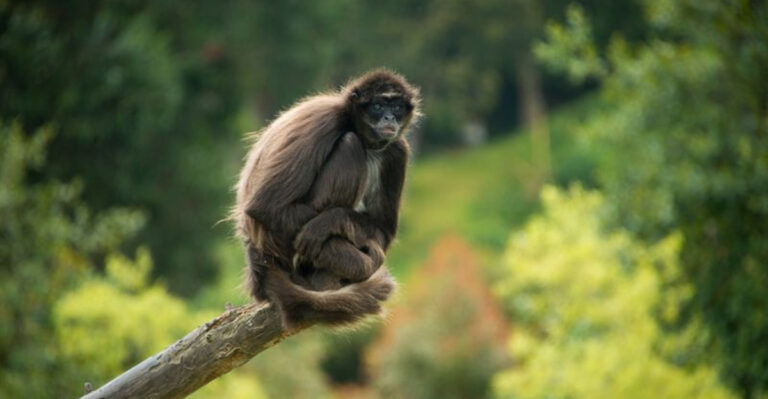8 Friendliest Animals On Earth That Love Human Interaction And 7 That Prefer To Keep Their Distance
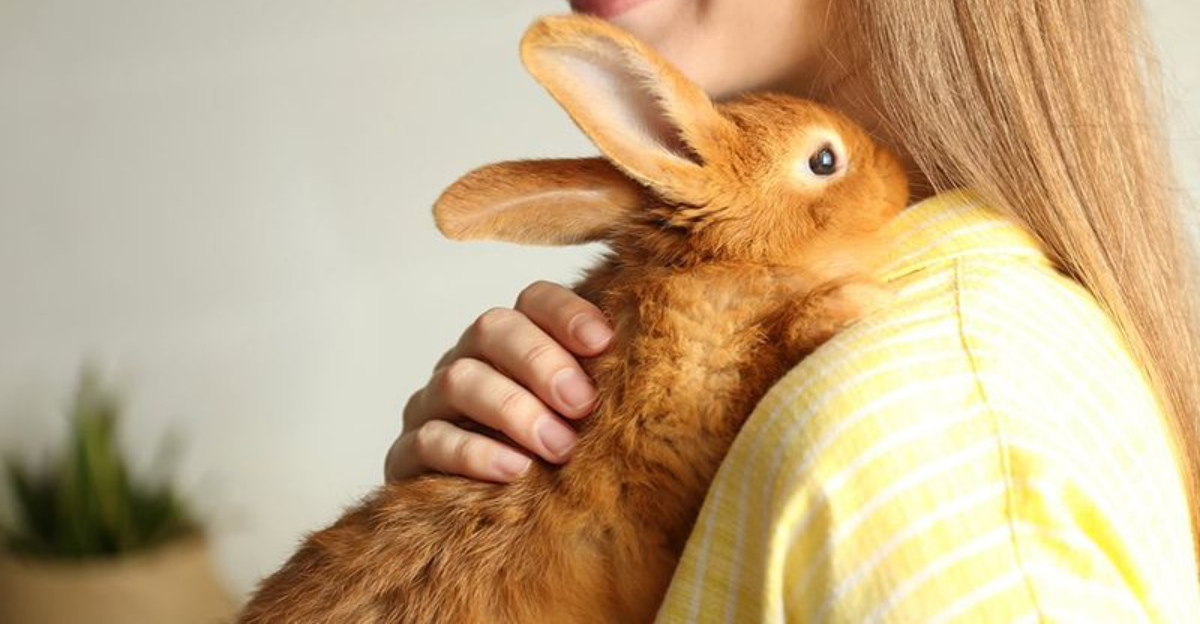
Animals have fascinating relationships with humans that vary dramatically across species. Some creatures actively seek our company, forming deep bonds that have evolved over thousands of years.
Others naturally avoid human contact, preferring solitude or the company of their own kind. Understanding these natural tendencies helps us better respect each animal’s boundaries and needs.
1. Dogs

Wagging tails and excited barks greet you after a long day – that’s the magic of canine companionship. Dogs have evolved alongside humans for over 15,000 years, developing an uncanny ability to read our emotions.
From service animals to family pets, their loyalty knows no bounds. Their brains actually release oxytocin – the love hormone – when gazing into their owner’s eyes.
2. Cats
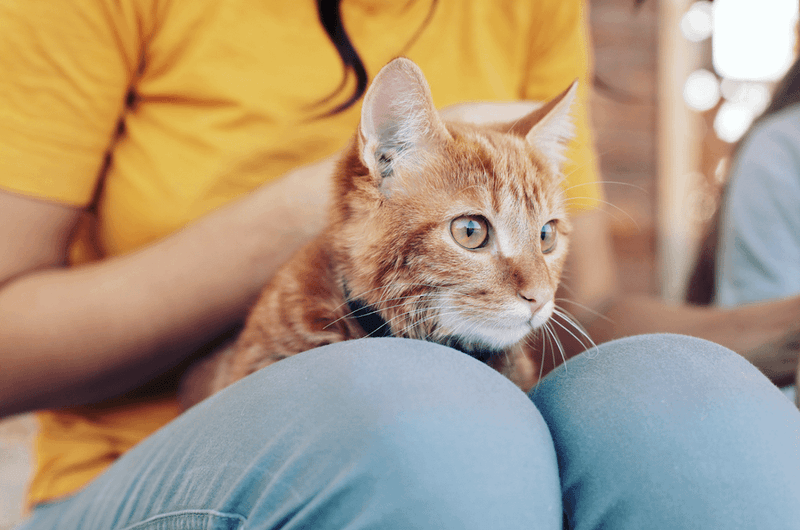
Those gentle purrs and head bumps reveal a feline’s hidden affection. Despite their independent reputation, cats form genuine bonds with their humans, often choosing favorite people in multi-person households.
Their slow blinks – cat kisses – signal deep trust. Many cat owners know the special joy of being chosen as their pet’s preferred napping spot.
3. Dolphins
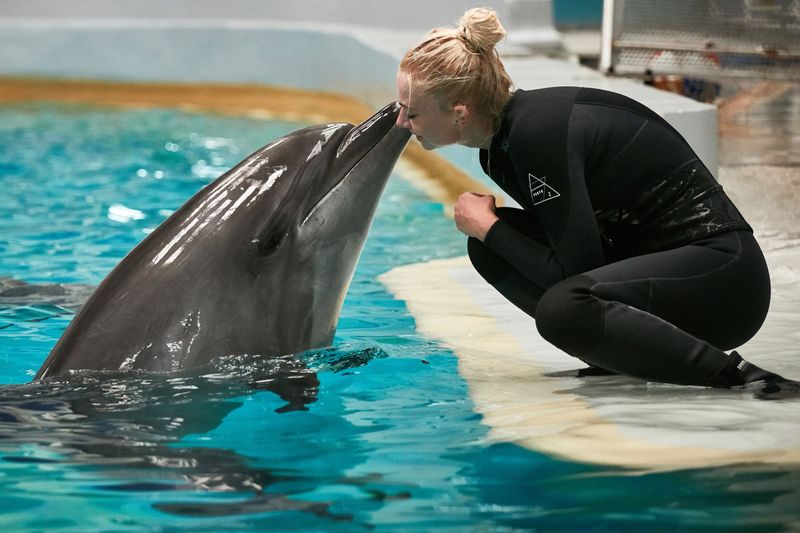
Breaking the surface with graceful arcs, dolphins actively seek human interaction both in captivity and the wild. Their impressive brain-to-body ratio hints at their remarkable intelligence and curiosity about people.
Marine biologists have documented dolphins bringing gifts to humans and even protecting swimmers from sharks. Their playful nature and apparent smiles make every encounter memorable.
4. Horses
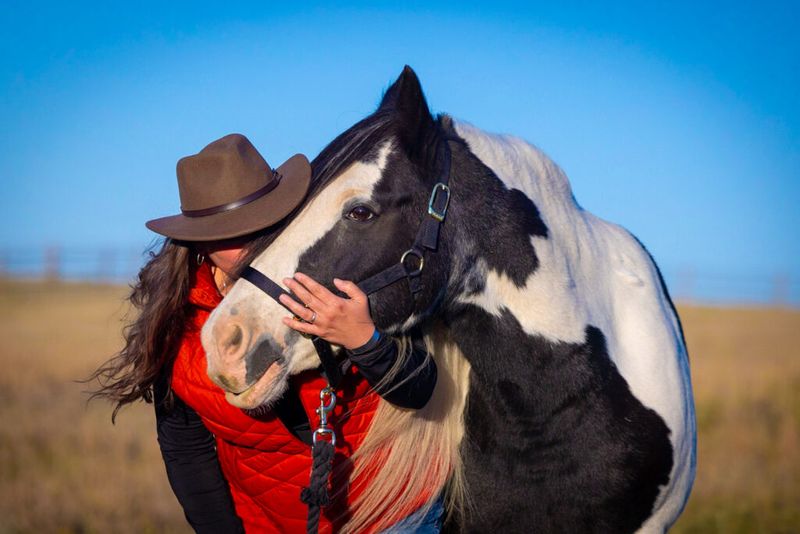
Galloping across fields or standing quietly for grooming, horses connect with humans on a profound level. Their sensitivity allows them to detect subtle changes in human emotions, making them excellent therapy animals.
A horse’s nicker of recognition when seeing their favorite person showcases their social intelligence. The human-equine bond dates back thousands of years, built on mutual trust and respect.
5. Guinea Pigs
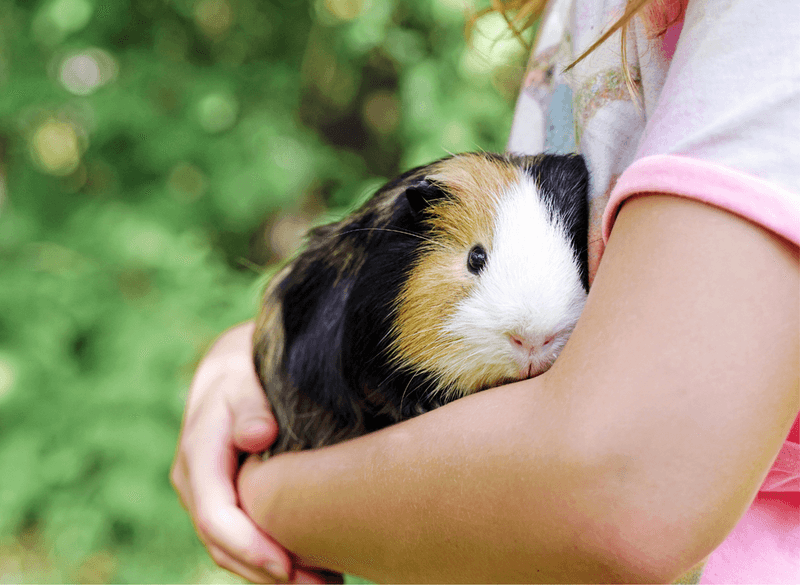
Those excited squeaks – called “wheeks” – erupt whenever guinea pigs hear the rustle of a treat bag or recognize their favorite human. These social rodents thrive on gentle handling and consistent interaction.
Unlike some small pets, guinea pigs rarely bite and actively seek attention. Their expressive faces and popcorning jumps of happiness make them delightful companions for patient animal lovers.
6. Elephants
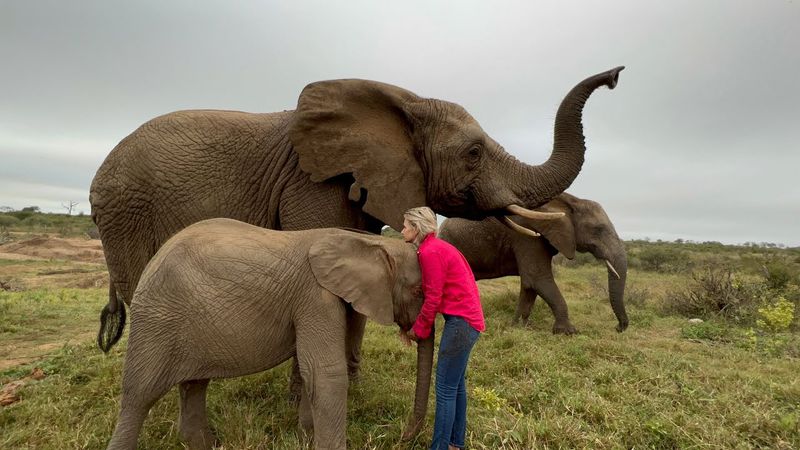
Swaying trunks reaching out in greeting reveal elephants’ remarkable capacity for human connection. These intelligent pachyderms recognize specific people even after years of separation.
In sanctuaries, elephants often form lifelong bonds with their caretakers. Their exceptional memory and emotional intelligence rival our own, allowing for meaningful cross-species relationships built on mutual respect.
7. Rabbits
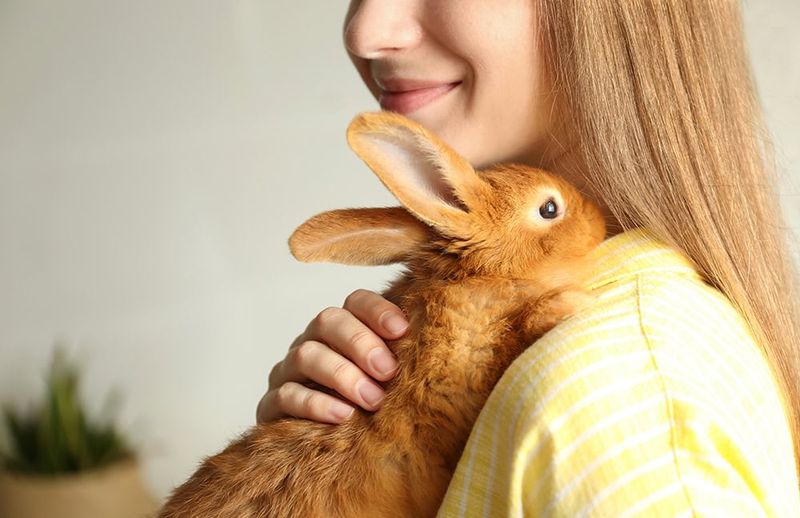
A gentle nose bump or excited binky jump shows how rabbits express affection for their human friends. When properly socialized, these lagomorphs actively seek head pets and companionship.
Contrary to their reputation as simple cage animals, rabbits form complex social bonds. Many become lap pets who follow their owners around like puppies, begging for treats and attention.
8. Parrots
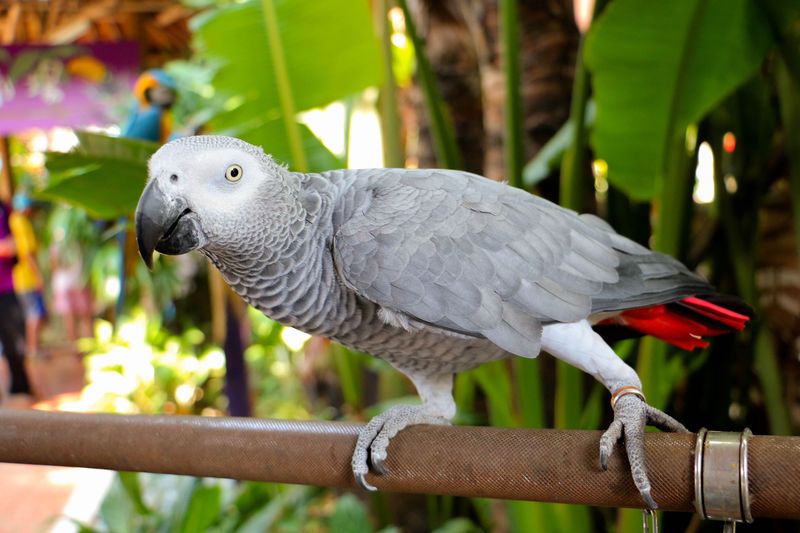
Squawking “hello” or mimicking your laughter, parrots create unique relationships with their human flock members. These birds possess the emotional intelligence of a 3-5 year old child, forming deep attachments that can last decades.
Many parrots learn dozens of words and phrases specifically to communicate with their people. Their need for social interaction makes them extraordinarily attentive and affectionate companions.
9. Sloths
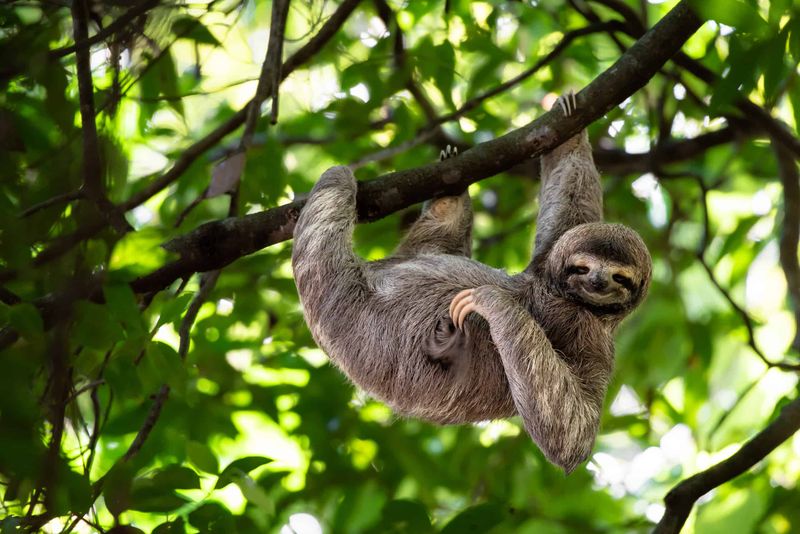
Hanging serenely from branches, sloths embody the art of solitary living. Their slow metabolism requires minimal social interaction – they typically spend 15-20 hours daily sleeping alone.
Human contact causes stress for these rainforest dwellers, raising their heart rate dramatically. Wild sloths actively avoid people, preferring their peaceful treetop existence where they can focus on conserving precious energy.
10. Sharks
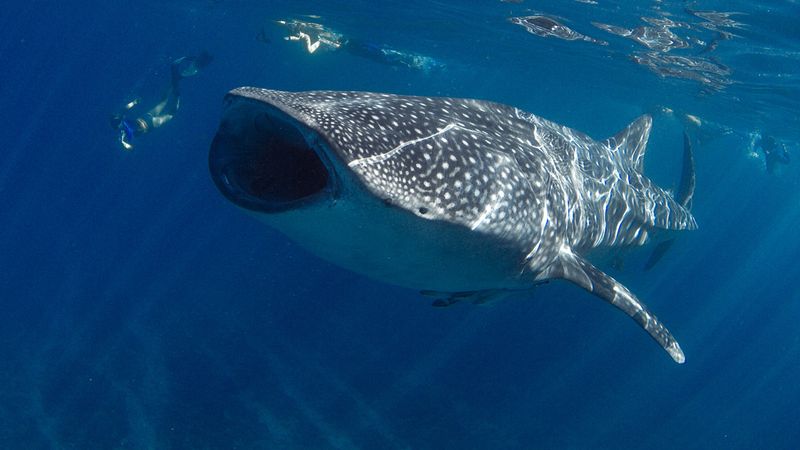
Gliding silently through deep waters, sharks typically have zero interest in human interaction. These ancient predators evolved to hunt fish, not befriend people.
Most species actively swim away when encountering divers. Their solitary nature and territorial instincts make them naturally wary of human presence – they’re not the mindless attackers often portrayed in films.
11. Wild Boars
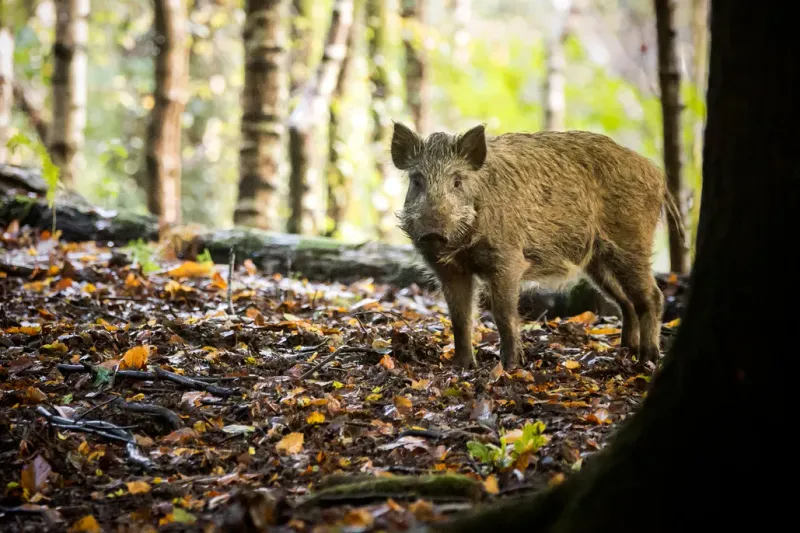
Rustling through underbrush at dawn, wild boars deliberately avoid human encounters whenever possible. These intelligent mammals possess acute senses that help them detect people from impressive distances.
Unlike their domesticated pig relatives, wild boars maintain strong fight-or-flight instincts. Their preference for dense forests and nocturnal activity demonstrates their natural desire to minimize human contact.
12. Tigers
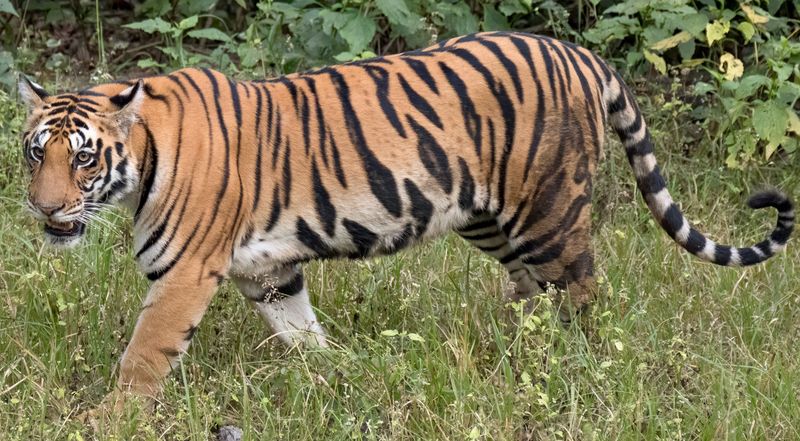
Moving like shadows through dense jungle, tigers epitomize magnificent isolation. These apex predators claim vast territories where they roam alone, actively avoiding human settlements.
A tiger’s natural instinct is to vanish long before humans spot them. Even in protected reserves, these big cats maintain their distance, preferring their own company and that of potential mates during brief breeding seasons.
13. Owls
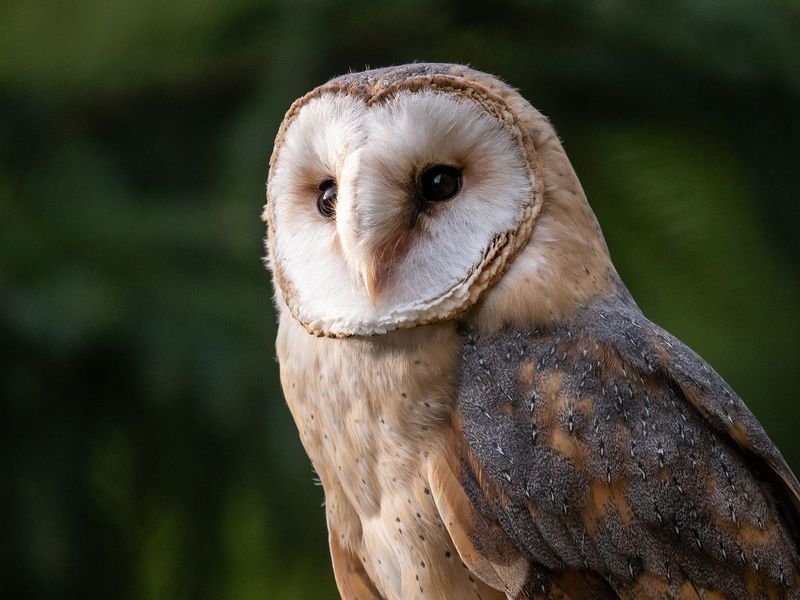
Perched motionless in twilight shadows, owls watch the world with minimal desire for company. These birds evolved for solitary hunting and roosting, making them naturally averse to interaction.
Even captive owls rarely form attachments to handlers. Their independent nature and specialized nocturnal lifestyle have created birds that thrive on distance from humans and most other creatures.
14. Raccoons
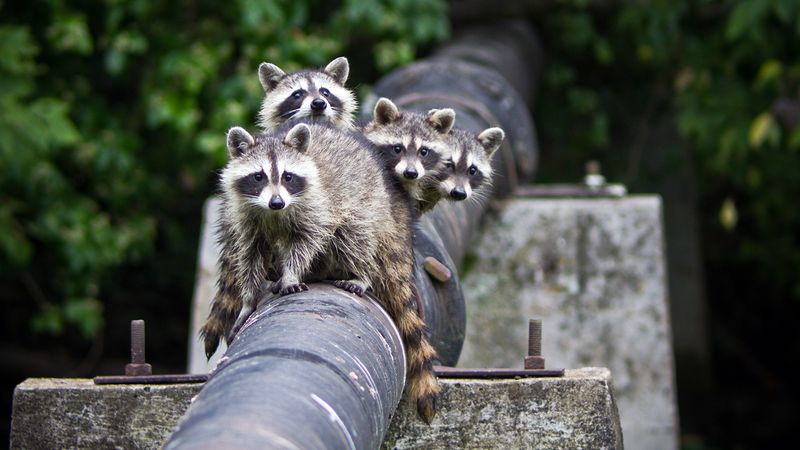
Masked faces peering from tree hollows reveal raccoons’ preference for observing humans from afar. Despite living among us in urban environments, these adaptable creatures schedule their activities to minimize human encounters.
Their problem-solving intelligence helps them navigate our world while maintaining independence. Wild raccoons become active after dark specifically to avoid the two-legged residents of their shared territories.
15. Porcupines
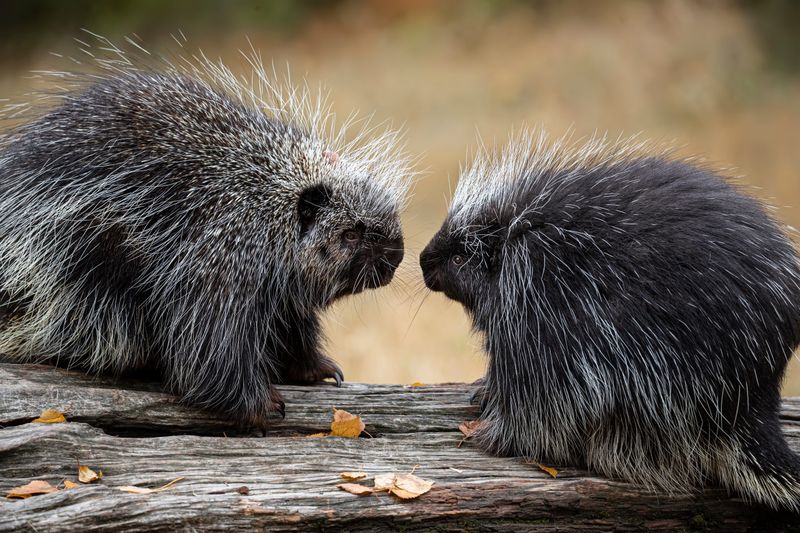
Bristling with up to 30,000 defensive quills, porcupines have evolved the ultimate “keep away” signal. These rodents prefer solitary lives, even maintaining distance from other porcupines except during brief mating seasons.
Their slow movements and poor eyesight make them naturally cautious around unfamiliar creatures. When sensing human presence, porcupines typically freeze or climb trees rather than engage in any form of interaction.

